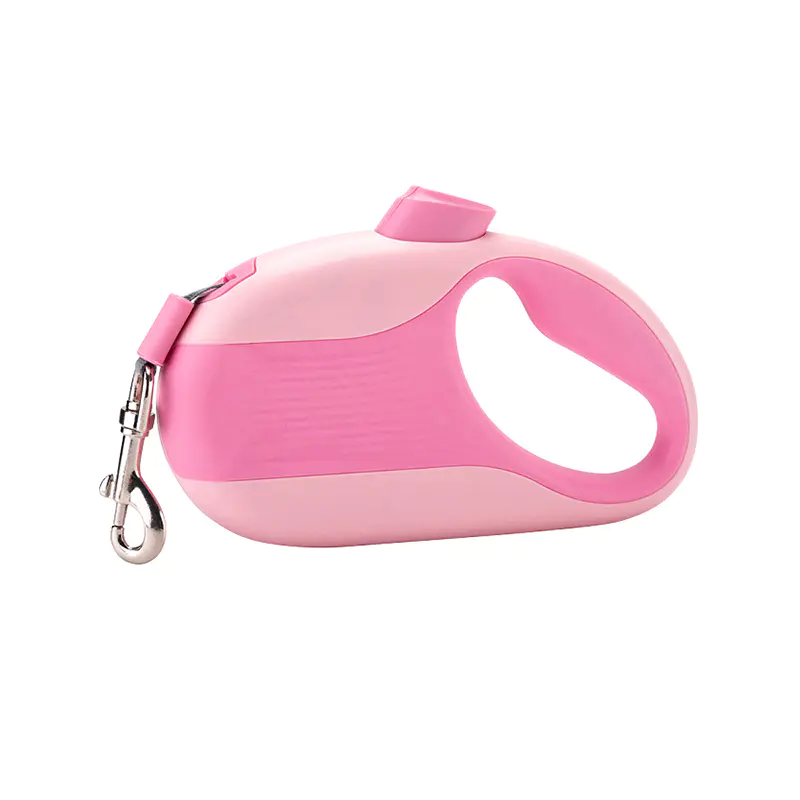In today’s fast-paced world, the humble Pet Leash has evolved beyond its traditional role. No longer just a tool for restraint, it now serves as a bridge between emotional well-being and the joy of caring for a companion. By blending thoughtful design with an understanding of mental health, modern accessories transform routine walks into moments of calm and connection for both pets and their owners.
Harmony in Motion: Balancing Freedom and Security
The rhythm of a walk—steady, predictable, and grounding—has long been linked to reduced anxiety and mindfulness. A soft, ergonomic handle ensures that every step feels effortless, minimizing physical strain while allowing owners to focus on the therapeutic cadence of movement. For pets, smooth retraction mechanisms provide space to explore without abrupt disruptions, fostering trust and reducing restlessness. This balance of control and freedom mirrors principles used in animal-assisted therapy, where structured yet gentle interactions help alleviate stress.
Safety Features That Quiet the Mind
Uncertainty during walks—whether from crowded streets or unfamiliar environments—can heighten anxiety for both parties. Innovative designs address this through intuitive locking systems, enabling quick adjustments to leash length with minimal effort. Reflective materials woven into the strap enhance visibility in low light, subtly easing concerns about safety. By prioritizing reliability in construction and ease of use, these features allow owners to relax, knowing their companion is secure, while pets enjoy exploration without tension on the lead.

Tactile Comfort for Shared Calm
The sensory experience of holding a leash matters. A non-slip, cushioned grip molds to the hand, offering reassurance through tactile comfort. This subtle physical connection can anchor owners in the present moment, countering racing thoughts or emotional overwhelm. For pets, lightweight materials and gentle resistance reduce pressure on their collar, creating a more enjoyable walk. Such design choices align with research showing that tactile stimuli—like the steady weight of a leash—can ground individuals during moments of distress.
Adaptability Strengthens Bonds
Every walk tells a story, and flexibility ensures it’s a positive one. Adjustable lengths accommodate playful sprints, quiet strolls, or pauses for interaction, letting owners tailor the experience to their emotional needs. A durable, tangle-resistant cord withstands sudden movements, ensuring smooth transitions between activities. This adaptability not only supports training and socialization but also reinforces the unspoken language of trust between pets and their humans.
Conclusion: Walking Together, Growing Together
The intersection of pet care and mental health is reshaping how we view everyday tools. A pet leash, once purely functional, now embodies empathy—a quiet ally in fostering resilience and joy. By prioritizing comfort, safety, and adaptability, modern designs empower owners to turn simple walks into rituals of mutual care. After all, the path to well-being is best traveled side by side, one calm, connected step at a time.
 English
English 中文简体
中文简体 русский
русский

